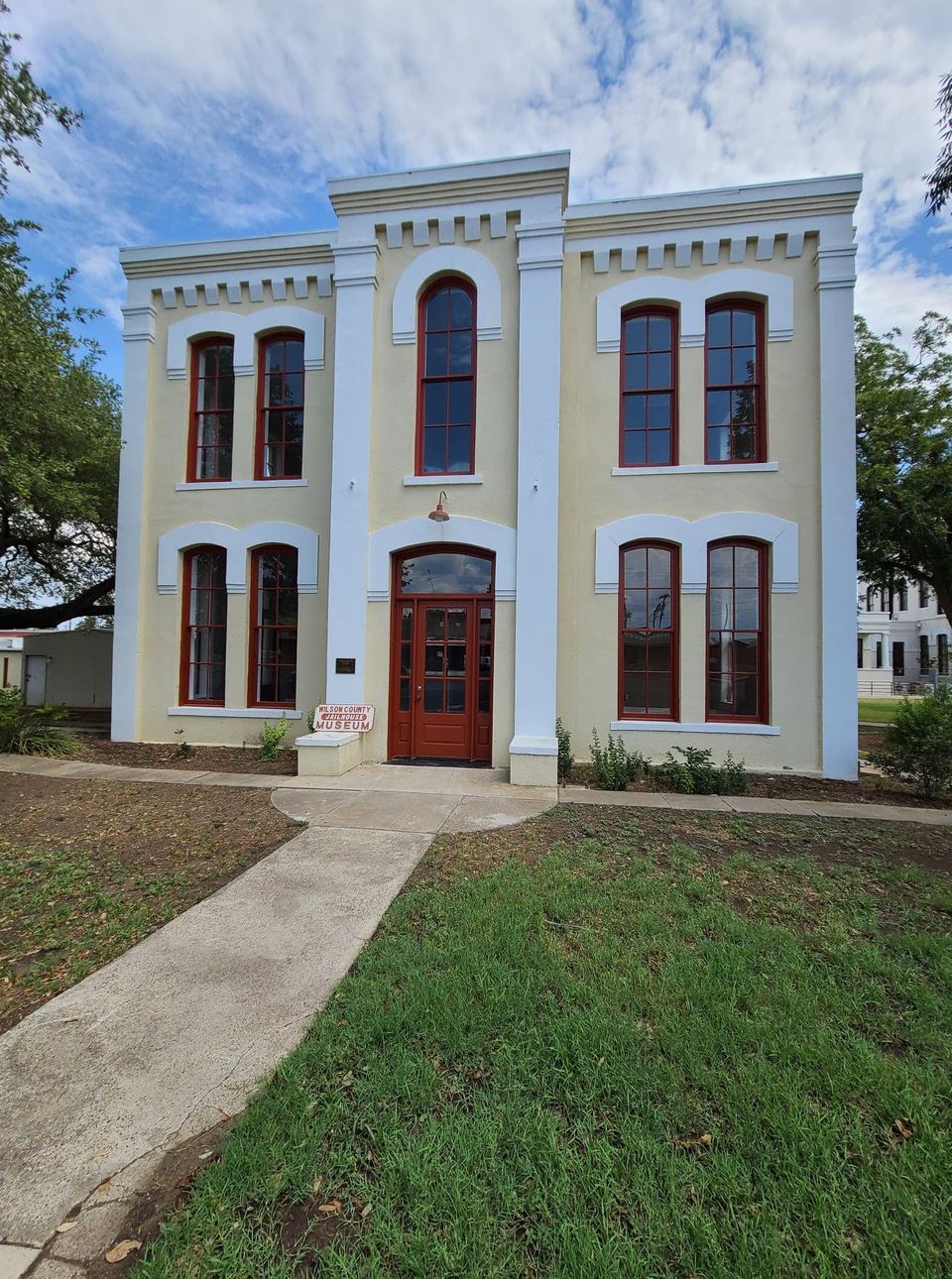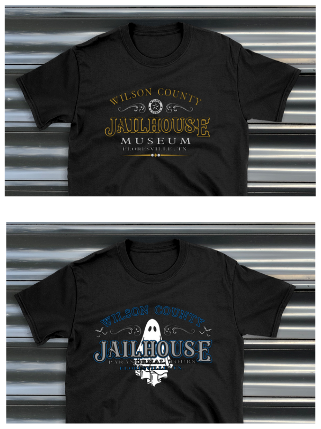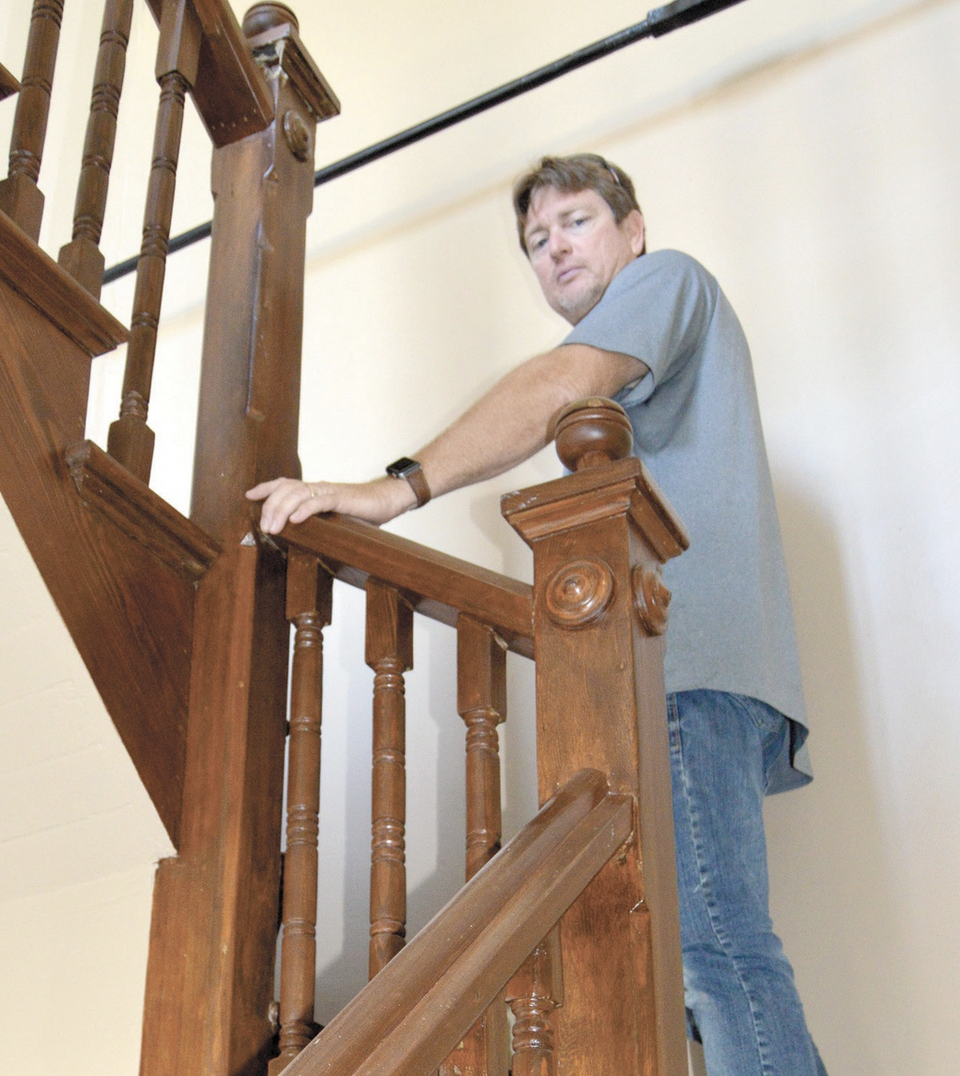By Gregory Ripps | Wilson County News | May 3, 2022The final push is on to complete restoration of the front section of the Wilson County Jailhouse Museum.
In recent days, workers have focused on the floors and woodwork in the part of the former jailhouse in downtown Floresville that once served as living quarters for the county sheriff and his family.
“I love working on it,” said Doug Fehse, owner of Avanna’s, a Floresville home remodeling and furniture sales business. “I look forward to the Jailhouse Museum reopening its doors to the public.”
Fehse recently rebuilt the large front door to the building in his shop before he and his employees installed it. Because of the condition of the wood, the wood for the door and doorframe is new — as the wood is for the windows, window frames, and other wooden trim replaced earlier.
The woodwork has been painted white, as it appeared before restoration began, although Fehse says the wordwork might have been stained a natural color when the jailhouse was originally built in the 1880s.
Escaping white paint is the stairway leading to the second floor of the family living area; the stairs, railing, and posts have been newly refinished and stained.
Part of the floor on the upstairs landing had to be replaced with new wood. The wooden floors in the bedrooms have been painted brown, but the floors downstairs have been sanded and stained.
The last tasks of the current work phase involve replacing the two side doors on the front of the building.
“We’re replacing them with eight-foot tall doors with glass windows and a smaller transom,” Fehse said.
Wilson County Historical Society Treasurer Clarence Ehlers told the Wilson County News that after restoration of the family living area is completed, restoration of the jailhouse will focus on the kitchen and dining room in the jail area.
“We do things when we have the money,” he said.
Help restore the Jailhouse MuseumWilson County’s old jailhouse served the county from 1887- 1974, before it became the Jailhouse Museum in 1989. The building — designed by noted architect James Riely Gordon —is listed in the National Register of Historic Places and recorded as a Texas Historic Landmark and a State Antiquities Landmark.
After heavy rains and other damage to the building, restoration on the museum began in 2016. During most of this time, it has been closed to the public.
The Wilson County Historical Society, which has committed itself to preserving and rehabilitating the museum, encourages anyone who would like to make a tax-deductible contribution to support the effort to mail a check to: WCHS Jailhouse Museum, P.O. Box 101, Floresville TX 78114.
gripps@wcn-online.com


